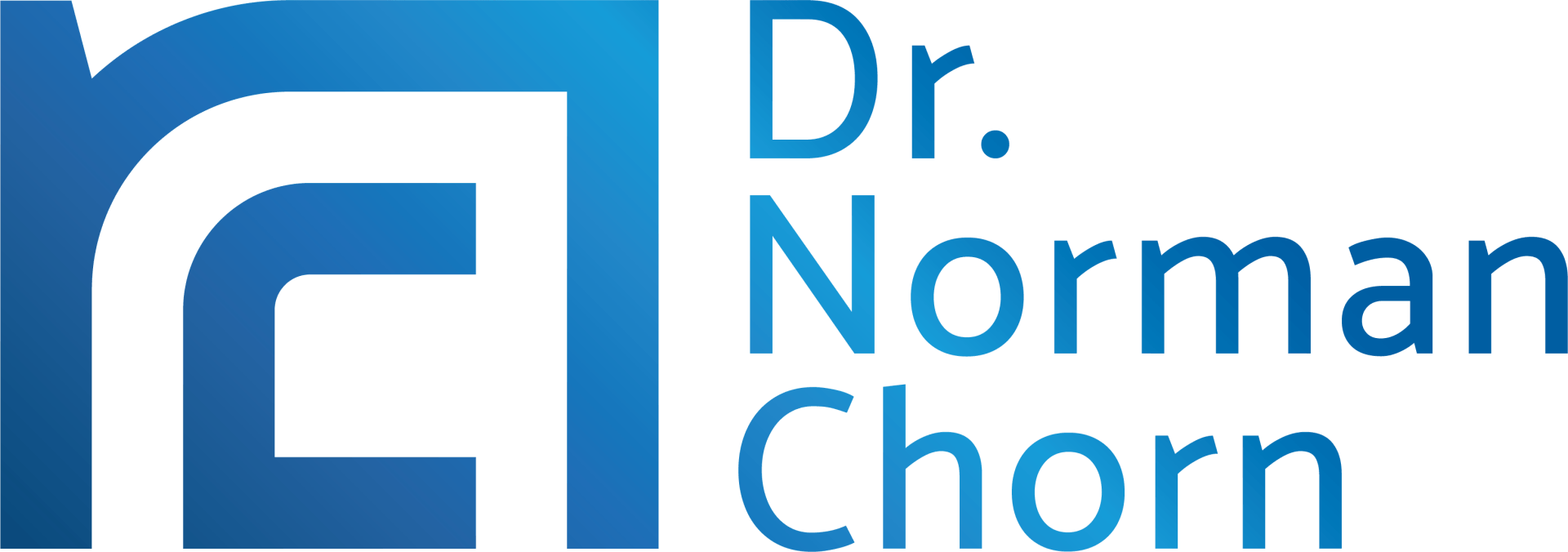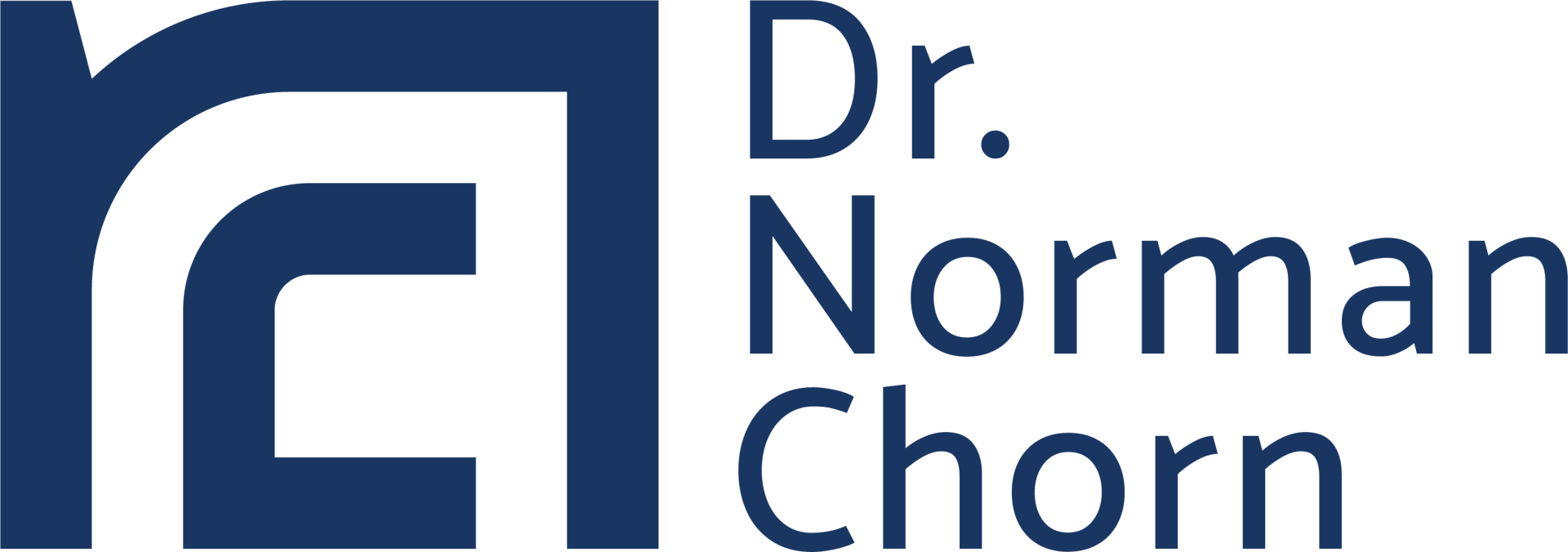What's The Issue Here?
In the fast-paced world of today, we are urged to undertake ‘business at the speed of thought’ and become increasingly action orientated. Intuitively it makes sense to increase our speed of response in this rapidly changing environment.
But, as we move to action, have our organisations become more effective at understanding the change and responding appropriately? Is the quality of our strategy and decisions producing better results? Lately, we’ve been receiving feedback from clients that are unhappy with the extent of the strategic thinking and performance in their organisation. Could this be due to an overemphasis on action and speed?
Our research shows that senior executives are having to do more of the thinking themselves and that their people are not contributing sufficiently to creative thinking and problem solving. This is likely to have implications down the track in an increasingly demanding environment.
Speed Kills
Our proposition is that the emphasis on getting things done quickly is killing off strategic thinking in organisations. Action may well be the enemy of thought in these situations!
We find that an action orientated culture is often accompanied by knee-jerk reactions to events. Action oriented organisations tend to focus on a narrow repertoire of actions and solutions - usually those that have worked well in the past.
In addition, these organisations may display a lack of self regulation in their decisions - their actions often have unintended consequences and can take them off the critical path towards their mission. They experience ‘strategic drift’, which can result in a lack of focus and poor results in a relatively short space of time.
So, why does this happen?
Insight Takes Its Time
Strategic thinking has three distinct phases:
Generally, the analysis phases are where the data is collected and where we decide on the action to take - and these can take place quickly. The insight phase, on the other hand, is an abstraction phase in which the data is grouped and regrouped until an insight emerges. The insight phase takes time and requires a different set of conditions to the data collection and action planning.
So, we have fast thinking and slow thinking phases in the strategy process1. The fast thinking is known as reflexive thinking, and occurs quickly when we experience a level of perceived familiarity (cognitive ease) with the situation and the data we have collected.
The slow thinking is known as reflective thinking, and is induced by a level of discomfort (cognitive unease) about the situation and data. Importantly, this will only occur when we set aside the time to reflect and have sufficient cognitive energy.
Neuroscience research tells us that during times of action and speed the insight process is less likely to happen and our action will be driven by reflexive thinking.
Our brain seeks to conserve its energy wherever possible. Consequently we tend to err towards reflexive thinking when in a hurry or when we lack the required mental energy. As the term implies, reflexive thinking relies on generalisation and association - and is driven by those habits and patterns of behaviour with which we have experienced past success.
Action is The Enemy of Thought
Action oriented cultures often increase the tempo of our decision making and thus induce a higher level of reflexive thinking. We simply lack the time for reflection and tend to seek associations and generalisations in the way we interpret data and make decisions.
Where we do encounter an unfamiliar situation and experience some cognitive unease (a cue to engage in some slow and reflective thinking), this is often overlooked as an irrational feeling. Instead, we get caught up in the action momentum and a surge in energy - resulting in reflexive thinking and action.
Action-oriented cultures also tend to require higher levels of alertness and anxiety for people to remain ‘on top of the situation’. These higher levels of alertness sap cognitive energy and induce ‘continuous partial attention’, leaving less energy for deeper thinking. And the anxiety promotes a stronger limbic response which favours associative decision making and habitual behaviour over considered, reflective thinking.
So What Do We Do Now?
The pressure to keep moving and respond is relentless in most organisations. In general terms, the solution is to shift from A.C.T. (action cancels thought) to T.C.A. (thought - choice - action).
Some of the initiatives to address this include:
1. Focus on the cognitive load on the organisation rather than simply time management
The ‘time management’ principle of using time efficiently makes the false assumption that the human brain is a computer that can perform continuously over long periods of time. Instead, the brain prefers short, sharp sprints with periods of rest and distraction in between.
Create deliberate pauses between meetings and planning session to give brains an opportunity to recover and reflect. And keep those marathon meetings to shorter, more focused sessions to manage the cognitive load on the organisation.
2. Deliberately induce cognitive unease in key strategy and decision-making meetings
By using the same strategy frameworks and decision tools we can sometimes reduce the decision making to a compliance ‘tick-the-box’ exercise. The familiarity with the process produces cognitive ease and we default to fast and associative decision making - reflexive thinking.
Instead, consider changing your planning tools - and even your external consultants - on a regular basis. The lack of familiarity will heighten the level of cognitive unease, and so induce a deeper level of reflective thinking.
3. Separate the analysis process from the insight process in decision making and planning
The analytical phases of data collection and action planning rely on high levels of external focus and concentration. Many organisations can perform these tasks with great efficiency and speed.
The insight process, on the other hand, requires a different set of conditions. Insight relies on time and space away from the task at hand. As the term implies, it is an internal mental process in which the gathered information is grouped and regrouped in many different ways in order to produce a new understanding.
Often, without warning, a new insight is derived. And with it comes a different level of understanding about how the challenge might be addressed in new and creative ways. Combining the analysis and insight phases into a single process will generally drive out the insight.
Organisations will tend to move directly from data collection to action planning. In most cases, this fast thinking will rely on association and habitual behaviour - and will not generate the insight that characterises a winning strategy.
4. Ensure that our strategy is clear, internally consistent and well communicated
This seems like an obvious suggestion. However, it becomes critical in the case of action-oriented organisations where people are often in a hurry and under stress. In times of high stress and time constraints, our brain tend to revert to reflexive thinking in order to conserve our mental resources.
Where we have a well articulated and understood strategy, reflexively driven behaviours are more likely to align with this strategy - and strategic drift is less likely to occur. Although this will not produce insightful strategy, it does ensure that we remain on course to our organisational goals.
5. Plan meeting times with purpose
The natural rhythms of the brain are important to ensure that meetings achieve their purpose. Mornings are when mental energy is highest, and when we are more likely to access our executive functions such as analysis, logical thinking and prioritising.
These functions are housed in our pre-frontal cortex (PFC), an energy hungry part of the brain that can only function optimally for a short time (some say 2-3 hours a day). Importantly, the PFC is able to make trade-offs and assess risk - an important aspect of organisational decision making and planning.
When the brain resources are depleted - often in the afternoon, we rely more on our limbic system, the older part of the brain that manages the vast storage of memory in the brain. As the brain tires, it is more prone to seek alternative and creative connections. As the level of focus and concentration declines in the afternoon, we are more likely to generate creative solutions and approaches to challenges. Afternoon meetings are best for brain storming and creative problem solving.
Developing Mindful Organisations
In the same way that organisational culture is not simply an aggregation of the members’ personalities, a collection of mindful individuals does not automatically result in a mindful organisation.
Organisational mindfulness is produced via a series of purposeful organisational practices and processes that are informed by brain science. It recognises that, despite the ever increasing pace of change in the environment, successful organisations will always be characterised by appropriate thinking and decision making before rushing into action.
About The Authors
Dr Norman Chorn is a highly experienced business strategist helping organisations and individuals be resilient and adaptive for an uncertain future. Well known to many as the ‘business doctor’!
By integrating the principles of neuroscience with strategy and economics Norman achieves innovative approaches to achieve peak performance within organisations. He specialises in creating strategy for the rapidly changing and uncertain future and can help you and your organisation.
Dr Terri Hunter is a brain-based organisational psychologist with the BrainLink Group. She is an expert in team development and executive leadership coaching, which she approaches from a neuroscience perspective. Her areas of focus include team effectiveness, leadership development and brain training.
Subscribe to our regular articles, insights and thought leadership





